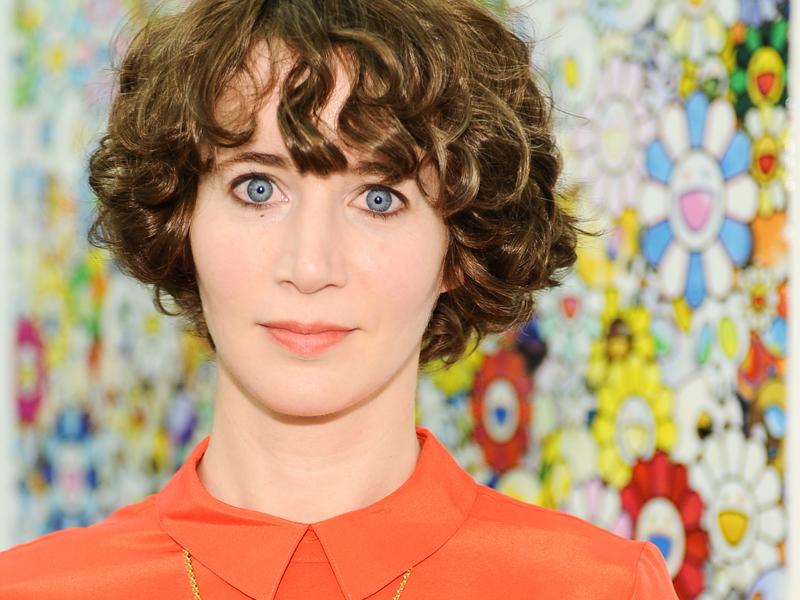The Daily Texture Of Life Becomes Art In 'The First Bad Man'

Cheryl Glickman has an unflattering wardrobe and a permanent lump in her throat. She is in love with Philip, who offers her only a reference to his color therapist and text message updates about his affair with a teenager ("What would be the emoticon for Carry me to your penthouse and tend to me as a husband?" Cheryl wonders).
In the midst of her orderly solitude, Cheryl is forced to take in her bosses' bullish, beautiful daughter, Clee, a self-described misogynist whose voluptuousness and "aggressively blank expression" captivate Cheryl.
Like most really good books, The First Bad Man is summary-averse: It defies the demands of jacket copy, and the joy of reading it comes from seeing the odd, musty, intimate corners of a person's inner life treated with immense gravity and care.
Few novels I can think of have such perfect descriptions of self-observation — in the mirrored ceiling of the elevator, in the imagined audience of one (Philip, initially), all the ways Cheryl performs in the private movie of her own life. "Maybe it was better if they hung rather than puddled," Cheryl muses, thinking of her breasts when a sex partner asks if she would like to be on top. Or: "I flitted around the city either turning heads or walking by heads just as they were turning."
There is a particular kind of joy that comes from recognizing yourself in art — it is, in fact, one of the joys. Recognition often comes through the broad and universal: we get lonely, we are sad when people we know die, we have trouble reconciling our dreams for ourselves with our abilities and circumstances, et cetera. But July is a master of the intimate weirdnesses of human thought that are both deeply specific and yet totally recognizable ("I pretended to take a sip of wine but actually deposited the spit that was collecting in my mouth"). To see these everyday — yet deeply private — moments given serious artistic treatment is elating, like looking at a painting in a museum and recognizing your own toes in it.
This cataloging of unglamorous inner life could be grotesque (and sometimes is) but there is something hugely generous about it. Writing about sex is a particular skill of July's — it is beautiful but real, not rapturous or misty or scene-lit.
Her humor comes from a careful literalness: a dragging out of the truth, and placing it in startling juxtaposition with the surface of things. Again, she does this both with the big and the small. Of a shirt: "She wore a blouse with diagonal pastel stripes that looked like it was from the 1980s; it was a joke about how silly the time before she was born was." Or a love affair: "[E]ventually she wanted it more than he did, and that made her lower than him."
Reading The First Bad Man, you are reminded that the minute and the magnificent are both real life, that the daily texture of things is as varied, intricate and fascinating as the great ruptures of human life, as tidal waves and revolutions and thwarted love. And when Cheryl Glickman finally loses the lump in her throat, you can imagine nothing more momentous.
Annalisa Quinn is a freelance journalist and critic covering books and culture
9(MDEwODYxNTQyMDEzNjAxODk2Nzc2NzNmYQ001))